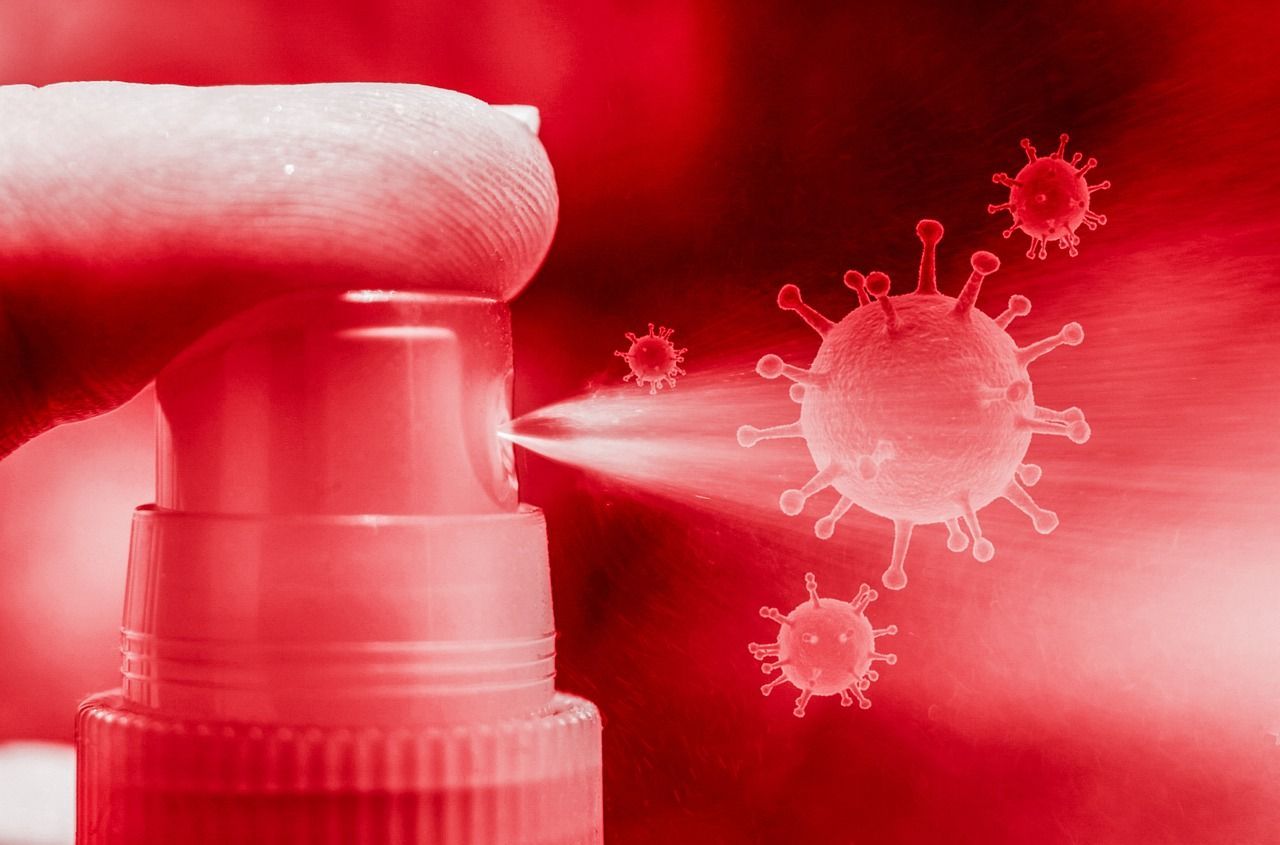
🦠 Spray can kill antibiotic-resistant bacteria
A spray can kill 99.99 percent of all bacteria and can be used both directly on wounds or as protection on medical equipment.
Share this story!
Bacteria that are resistant to antibiotics are one of the biggest threats to global health according to the WHO. Even better, scientists have come up with a number of different methods that could fight antibiotic-resistant bacteria, and one of the latest is a spray.
It is researchers at Chalmers who developed the spray. In tests, it has killed 99.99 percent of bacteria and it is active for up to two days. One of the advantages of the spray is that it can reach deep wounds, but there are also more advantages to it according to the researchers.
“The substance in this spray is not toxic and does not affect human cells. Unlike existing germicidal sprays, the body's healing process is not inhibited. The material that is simply sprayed on the wound can also kill the bacteria in a shorter time," says Edvin Blomstrand, researcher at Chalmers and one of the lead authors of the scientific article, in a press release.
The spray consists of small gel particles equipped with a type of peptides. The peptides can kill resistant bacteria, but need a protective environment to reach the bacteria. The particles provide just that protection and make the peptides work in blood which otherwise inactivates the peptides.
In addition to being sprayed directly on wounds, the spray can also be used on implants and other medical technology materials such as catheters.
"Although the catheters are sterile when they are unwrapped, they can be contaminated with bacteria when they are introduced into the body, which can lead to infection. A major advantage of this surface coating is that the bacteria are killed as soon as they come into contact with the surface. Another is that it can be applied to existing products that are already used in healthcare and thus does not require new manufacturing," says Annija Stepulane, researcher at Chalmers and another of the main authors of the article.
By becoming a premium supporter, you help in the creation and sharing of fact-based optimistic news all over the world.